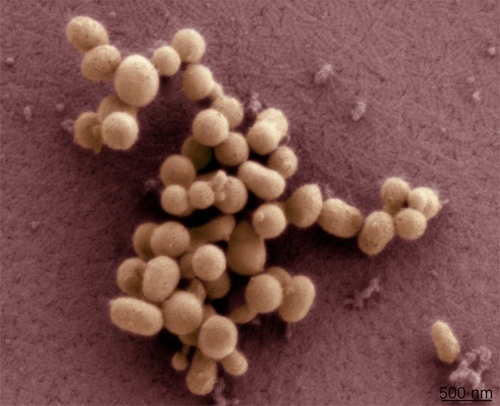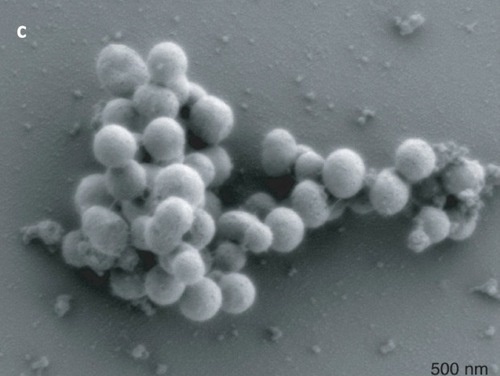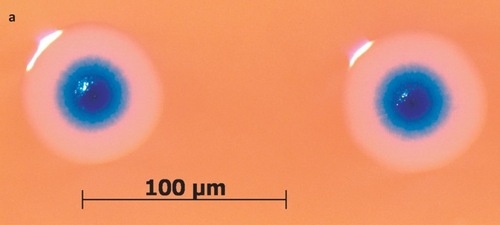Genomic science has hugely enhanced our understanding of the biological world. It is permitting researchers to “read” the genetic code of organisms from all branches of life by sequencing the four letters that build up DNA. Sequencing genomes has now become routine, giving rise to thousands of genomes in the public databases.
In one of the leading breakthroughs in recent history, scientists have created a synthetic genome that can self-replicate. So what does this mean? Are we about to become gray goo?
Led by Craig Venter of the J. Craig Venter Institute (JCVI), the team of scientists combined two existing techniques to transplant synthetic DNA into a bacteria. First they chemically synthesized a bacterial genome, then they used well-known nuclear transfer techniques (used in IVF) to transplant the genome into a bacteria. And apparently the bacteria replicated itself, too, thus creating a second generation of the synthetic DNA. The process is being hailed as revolutionary.
How to make a synthetic genome
Researchers created a synthetic genome by copying an existing one — Mycoplasma mycoides — and transplanting it into Mycoplasma capricolum. How can we be sure that the M. mycoides is synthetic? When recreating it, the team added a number of non-functional “watermarks” to the genome, making it distinct from the wild version. Once implanted, the M. mycoides genome “booted up” the recipient cells, deleting or disrupting 14 genes. The bacteria went on to function normally, meaning the transplant worked.
“This is the first synthetic cell that’s been made, and we call it synthetic because the cell is totally derived from a synthetic chromosome, made with four bottles of chemicals on a chemical synthesizer, starting with information in a computer,” said Venter. “This becomes a very powerful tool for trying to design what we want biology to do. We have a wide range of applications [in mind].”
“If the methods described here can be generalized, design, synthesis , assembly and transplantation of synthetic chromosomes will no longer be a barrier to the progress of synthetic biology,” write the authors in the paper (available free online from Science).
Proof of concept
At present, this is a proof of concept, but has some immense potential for the future. The research team at JVCI have been working on this technology for approximately 15 years, and now have a number of possible organisms planned: an algae that would suck up carbon dioxide and excrete hydrocarbons for biofuels; faster vaccine production; water cleaning; and using light energy to create hydrogen gas from water.
As anyone with even a glancing familiarity with scifi knows, self-replicating technology could lead to disaster. JCVI have done their due diligence here, and all their engineered creations require nutrients found in the lab to survive. They also have the technology to create “suicide genes” that will prevent the synthetics from living outside of a controlled environment.
Aware of the ethical and security issues involved, JCVI has also been in talks with the U.S. government since 2003, as well as being reviewed by independent bioethics groups since 1997.
Ethics of synthetic life
So what does this all mean? Beyond the applications I already mentioned, it’s also helping us understand how life works – specifically, how it’s transmitted through DNA. “This is an important step we think, both scientifically and philosophically. It’s certainly changed my views of the definitions of life and how life works,” Venter said.
Nature has compiled a number of opinions from prominent academics on the project. Everyone acknowledges that this is just the first step in what could be a very interesting development.
“We now have an unprecedented opportunity to learn about life. Having complete control over the information in a genome provides a fantastic opportunity to probe the remaining secrets of how it works,” says Mark Bedau of Reed College, Oregon. “A prosthetic genome hastens the day when life forms can be made entirely from non-living materials. As such, it will revitalize perennial questions about the significance of life — what it is, why it is important and what role humans should have in its future.”
Jim Collins of Boston University reminds us that there’s still much left we don’t know:
Frankly, scientists do not know enough about biology to create life. Although the Human Genome Project has expanded the parts list for cells, there is no instruction manual for putting them together to produce a living cell. It is like trying to assemble an operational jumbo jet from its parts list – impossible. Although some of us in synthetic biology may have delusions of grandeur, our goals are much more modest.
There’s a long way to go with this technology, but this advance is incredibly significant, and from it we may see the dawn of a new revolution in molecular biology and genetic engineering.






Pingback: Artificial Life(Synthetic DNA) Created by Scientist | DailyGenetic.info
(it will be) humans are driven at their own flaws to perfect anything perfect,but this tech will give a flaw!neg once done of mans reflection of his own neg side, you cant rid this part from yourself to make you perfect its written in to us to self destroy by the very thing that drives us never misuse a tool.HOLD A HIGH VALUE and this tech will get us far flaws and all